VoIP isn't just a cheaper way to make calls. It's your business phone system, customer service line, and sometimes even your emergency contact. And if it's not secured, it's an open door for hackers to drain your bank account through toll fraud, eavesdrop on private conversations, or shut down your entire communication system. The good news? Most of these attacks are preventable with basic configuration changes. The bad news? Many businesses still treat VoIP like a regular internet connection and pay the price.
Why VoIP Is a Prime Target
VoIP systems run over the same networks as your email and files, but they’re far less protected. Unlike your laptop, a VoIP phone doesn’t have antivirus software. It doesn’t ask for passwords every time it boots up. It just sits there, listening for incoming calls-and attackers know it. In 2024, Verizon’s Data Breach Investigations Report found that 67% of VoIP-related breaches were caused by weak or default passwords on SIP extensions. One small business in Wisconsin lost $42,000 in two weeks because their system allowed unlimited login attempts. The attacker made international calls to Africa and the Caribbean, billing the company $1.20 per minute. That’s not a hack-it’s negligence. The National Security Agency (NSA) calls this a “false sense of security.” Many IT teams assume that because their VoIP system is behind a firewall, it’s safe. That’s like locking your front door but leaving your garage wide open. VoIP traffic needs its own protection layer.Network Segmentation: The First Line of Defense
The single most effective step you can take is to isolate your VoIP traffic from your data network. This isn’t optional. It’s mandatory. Use VLANs (Virtual Local Area Networks) to create a separate network for your phones, IP PBX, and VoIP gateways. Your computers, printers, and servers stay on one network. Your phones stay on another. Even if a hacker compromises a workstation, they can’t reach your VoIP system unless they break through two layers of security. According to ClearlyIP’s case studies, this simple step reduces the attack surface by 67%. The NSA recommends it as a baseline requirement. Cisco’s security team says 83% fewer incidents occur when segmentation is combined with encryption. Don’t just set up a VLAN and walk away. Make sure your switches support port security. Enable MAC address filtering so only approved devices (like your phones) can connect to the VoIP VLAN. This prevents someone from plugging in a rogue device and hijacking your call traffic.Encryption: Don’t Let Them Listen In
Unencrypted VoIP calls are like postcards. Anyone with network access can read them. You need two types of encryption:- TLS (Transport Layer Security) for signaling-this protects the setup of each call (who’s calling whom, when, and from where).
- SRTP (Secure Real-time Transport Protocol) for the actual voice data-this encrypts the audio stream so no one can record or replay your conversations.
Access Control: Lock Down the Keys
Most breaches happen because someone used a weak password-or no password at all. Every SIP extension (each phone number) must have a strong, unique password. No “1234,” no “admin,” no “password.” Use at least 12 characters with numbers, symbols, and mixed case. Change them every 90 days. But passwords alone aren’t enough. Enable multi-factor authentication (MFA) for all administrative accounts. Vonage’s 2024 security guide found that organizations using MFA experience 3.2 times fewer breaches than those relying on passwords alone. Google Voice and Vonage both make MFA easy. If you’re using an on-premises system like Yeastar or Cisco, you might need to integrate it with your existing identity provider (like Azure AD or Okta). Also, limit login attempts. Yeastar’s IP-Auto-Defense feature blocks any IP address after three failed login attempts within 60 seconds. That stops brute force attacks dead. One company in Ohio prevented $28,000 in fraud after enabling this feature following a breach. And don’t forget physical access. Cisco reports that 43% of breaches come from someone walking into the server room and plugging in a device. Lock your VoIP equipment in a secure room. Only give access to people who absolutely need it.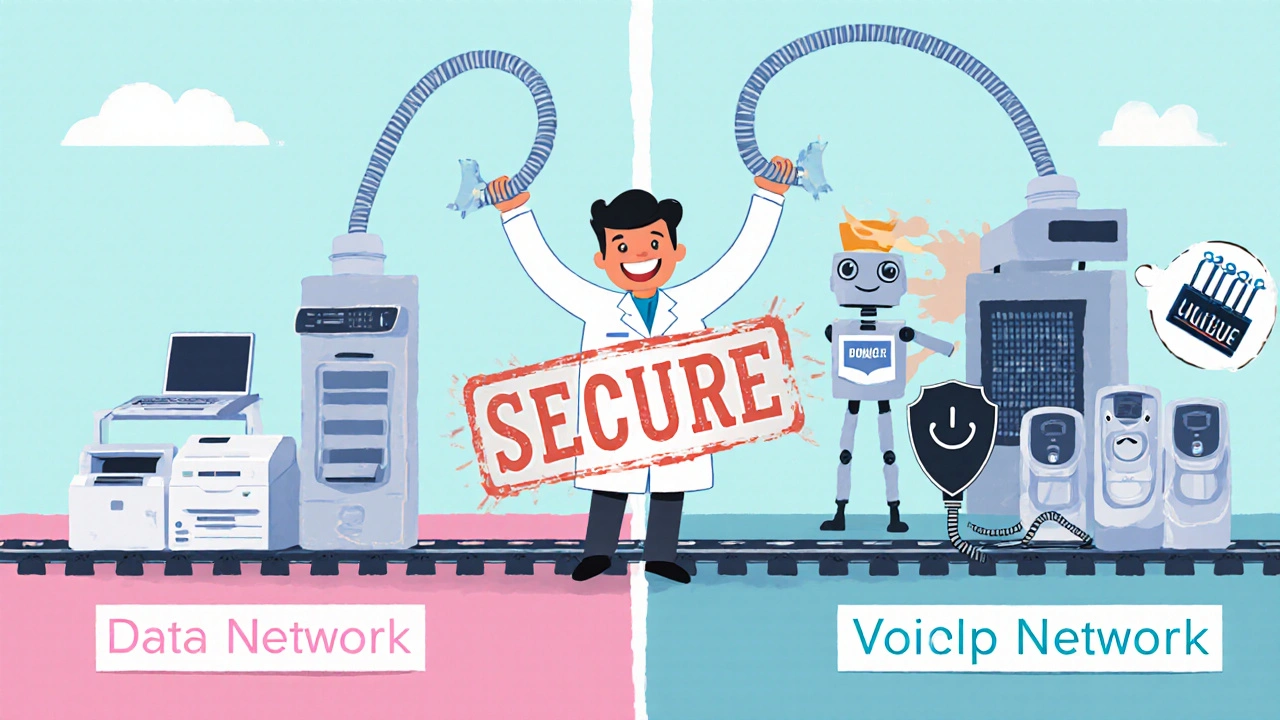
Session Border Controllers: Your VoIP Firewall
Think of a Session Border Controller (SBC) as a bouncer for your VoIP system. It sits between your internal network and the outside world. It checks every incoming call, blocks suspicious traffic, and enforces encryption. Yeastar says properly configured SBCs stop 92% of external VoIP attacks. That includes toll fraud attempts, denial-of-service attacks, and SIP scanning bots that hunt for open ports. If you’re using a cloud VoIP provider like RingCentral or Zoom Phone, they handle this for you. But if you run your own PBX-whether it’s Asterisk, FreePBX, or Cisco Unified Communications Manager-you need an SBC. Don’t skip this. It’s not a luxury. It’s the core of your defense.Regular Audits and Testing
Security isn’t a one-time setup. It’s a habit. Set up quarterly security audits. Check for:- Unused or inactive SIP extensions
- Outdated firmware on phones and PBX
- Default settings that were never changed
- Open ports that shouldn’t be exposed
What Works Best: Cloud vs. On-Premises
Cloud VoIP (like Google Voice, Zoom, or Vonage) handles most of the hardening for you. Automatic encryption, regular updates, built-in MFA, and 24/7 monitoring. Google Voice was rated the most secure by Tech.co in January 2025-not because it’s fancy, but because it doesn’t let you turn off security features. On-premises systems (like Yeastar or Cisco) give you total control. But they require more work. You have to configure VLANs, set up SBCs, manage certificates, and monitor logs. Cisco says properly hardened on-premises systems achieve 99.98% uptime security-slightly better than cloud-but only if you know what you’re doing. The catch? 68% of misconfigurations come from staff without VoIP-specific training. If your IT team doesn’t specialize in VoIP, go cloud. If you have a dedicated network engineer, on-premises can be more secure-if you do it right.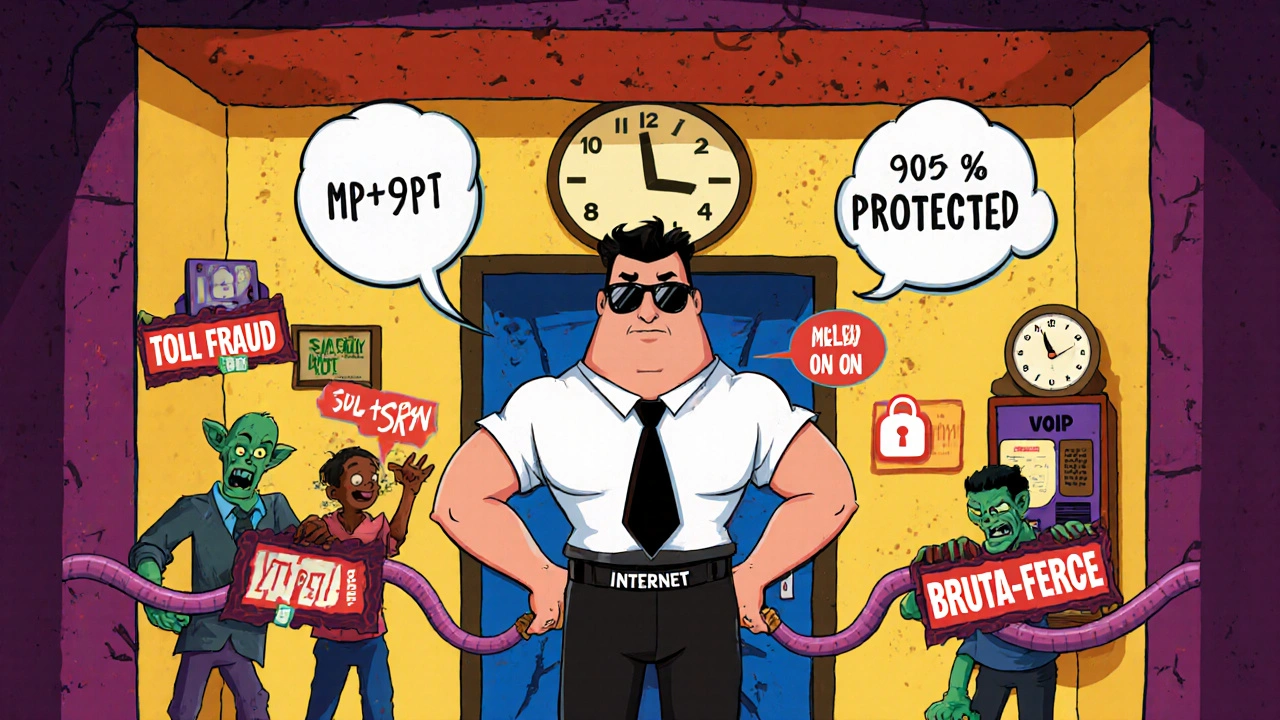
Common Pitfalls and How to Avoid Them
Here’s what goes wrong-and how to fix it:- QoS conflicts: Security features can slow down calls. Make sure Quality of Service (QoS) settings prioritize VoIP traffic. The NSA recommends limiting bandwidth for external calls to prevent DoS attacks.
- Outdated firmware: Check every phone and PBX every 30 days. Set up automatic updates if possible.
- Too many open ports: Only allow SIP (5060/5061) and RTP ports (10,000-20,000) through your firewall. Block everything else.
- Ignoring logs: Monitor your SBC and PBX logs daily. Look for repeated failed logins, calls to unusual countries, or high call volumes from a single extension.
How Long Does It Take?
For a small to medium business, a full VoIP security hardening project takes 40-60 hours:- 15-20 hours: Network assessment and mapping
- 10-15 hours: VLAN and firewall configuration
- 15-20 hours: Encryption and access control setup
- 15-25 hours: Testing and validation
Final Thought: It’s Not About Perfection
You don’t need to be a cybersecurity expert to secure your VoIP system. You just need to do the basics-and do them right. Segment your network. Encrypt your calls. Enforce strong passwords. Block brute force attempts. Update firmware. Audit quarterly. That’s it. If you do these five things, you’ll stop 95% of attacks. The rest? That’s what your SBC and MFA are for. The VoIP security market is growing fast-$5.1 billion by 2027. That’s because businesses are finally realizing: your voice matters. And if you don’t protect it, someone else will use it to steal from you.Is VoIP more secure than a landline?
No-not by default. Traditional landlines are analog and harder to intercept remotely. VoIP runs over the internet, which makes it vulnerable to hacking. But with proper configuration-encryption, segmentation, and access controls-VoIP can be far more secure than a landline. The difference isn’t the technology. It’s how you manage it.
Can I use my existing router for VoIP security?
Most consumer and small business routers are not designed for VoIP security. They often have SIP ALG enabled, which breaks encryption. They lack VLAN support and don’t offer granular firewall rules for VoIP traffic. You need a business-grade firewall or switch that supports VLANs, QoS, and port security. If you’re using a consumer router, upgrade it before deploying VoIP.
What’s the biggest mistake businesses make with VoIP security?
Treating VoIP like regular data traffic. Many businesses assume their firewall protects their phones. It doesn’t. VoIP needs its own network, its own encryption, and its own access rules. The biggest mistake is assuming security is automatic. It’s not. You have to configure it.
Do I need an SBC if I use a cloud VoIP provider?
No. Cloud providers like Google Voice, Zoom, and Vonage include SBC functionality as part of their service. You don’t need to buy or configure one. But if you run your own PBX-even partially-you need an SBC to protect the connection between your system and the internet.
How do I know if my VoIP system is already compromised?
Watch for these signs: unexpected international calls on your bill, calls dropping randomly, phones ringing without incoming caller ID, or your system becoming unresponsive. Check your call logs for repeated failed login attempts or calls to high-risk countries (like Nigeria, Ukraine, or the Philippines). If you see any of these, isolate your VoIP network immediately and run a security audit.
Is VoIP security required by law?
Not directly-but compliance laws like HIPAA and PCI DSS require you to protect voice communications that contain sensitive data. If a patient’s medical info or a credit card number is spoken over an unsecured VoIP line, you’re in violation. Regulators don’t care if you didn’t know. They care that you didn’t protect the data. That’s why 63% of healthcare organizations increased VoIP security spending in 2024.


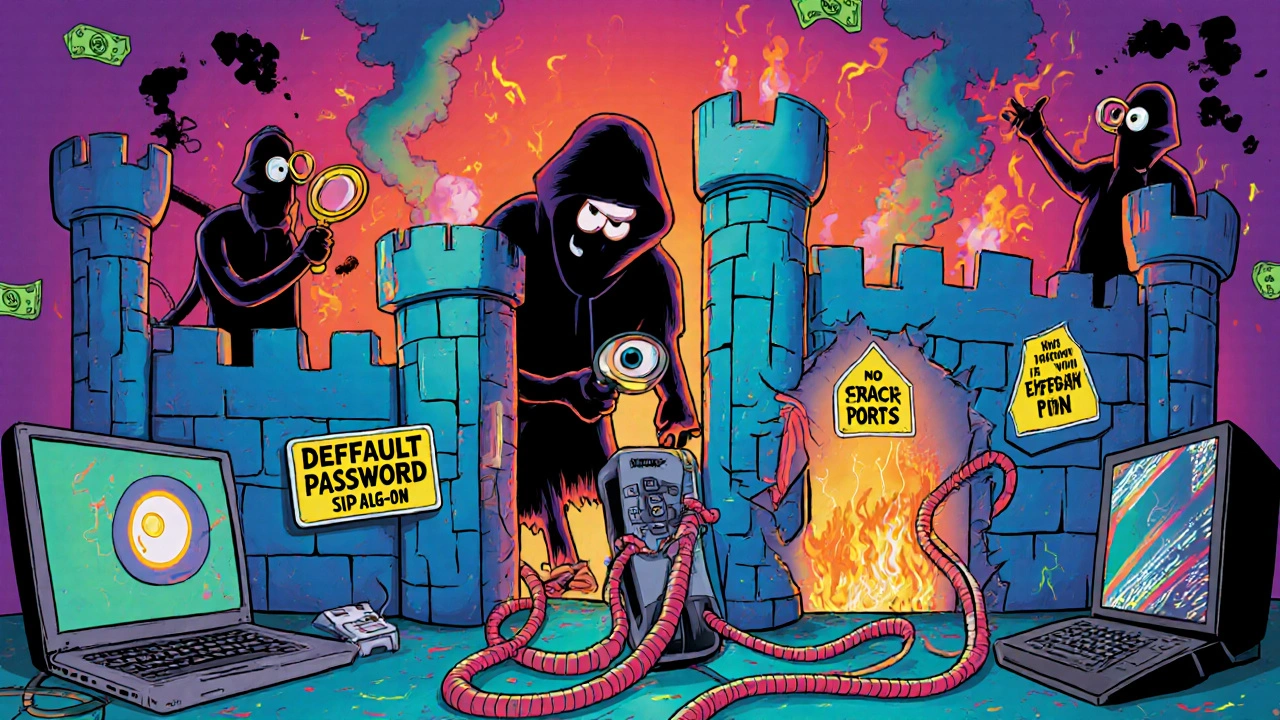
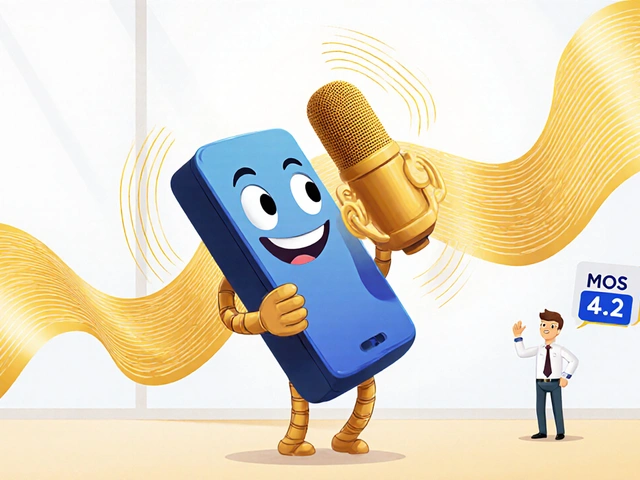
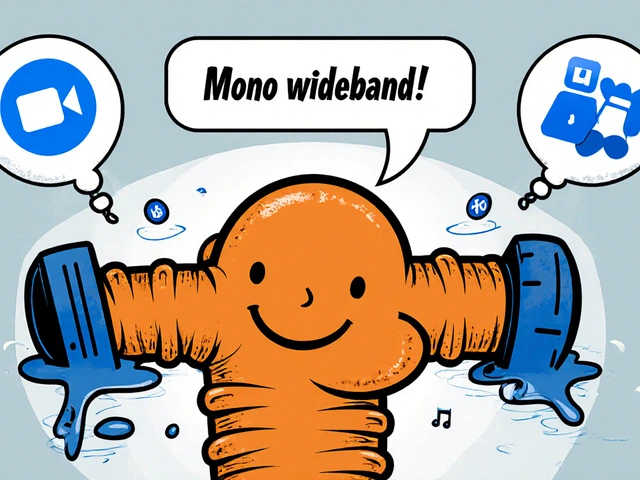
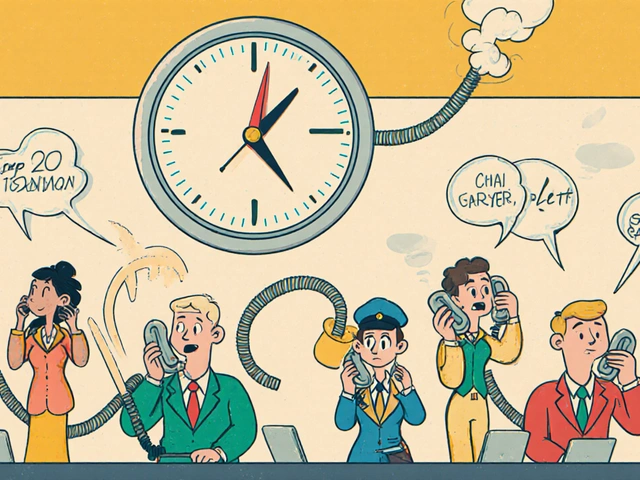


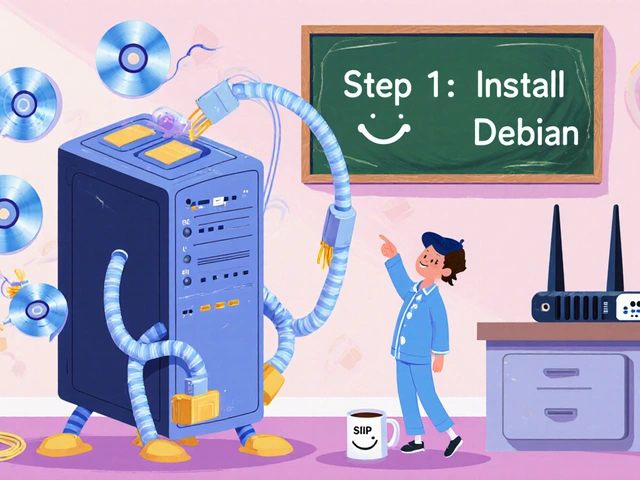
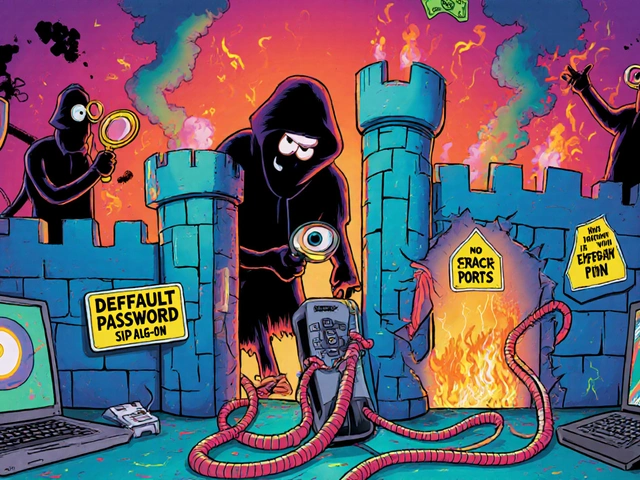
Write a comment